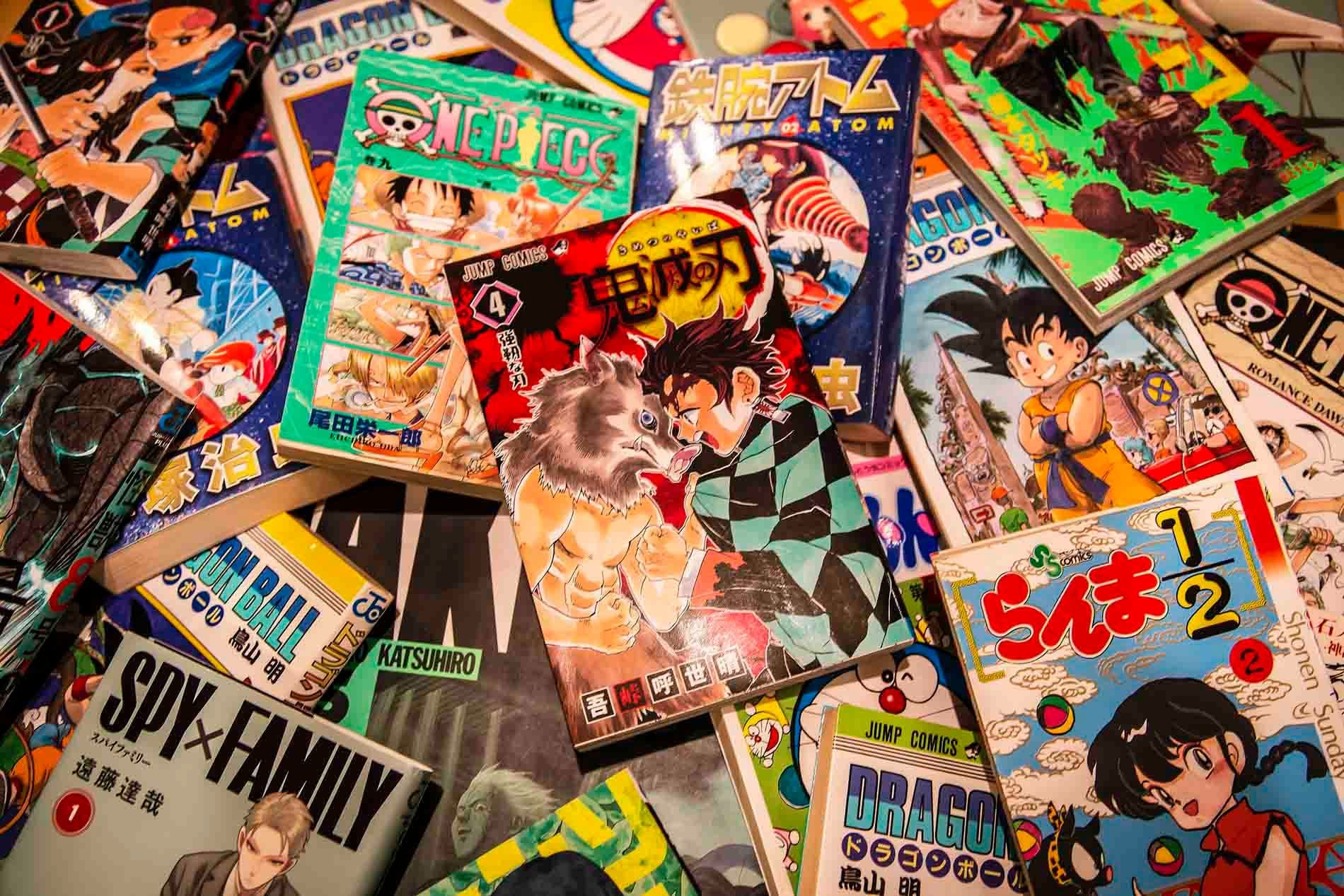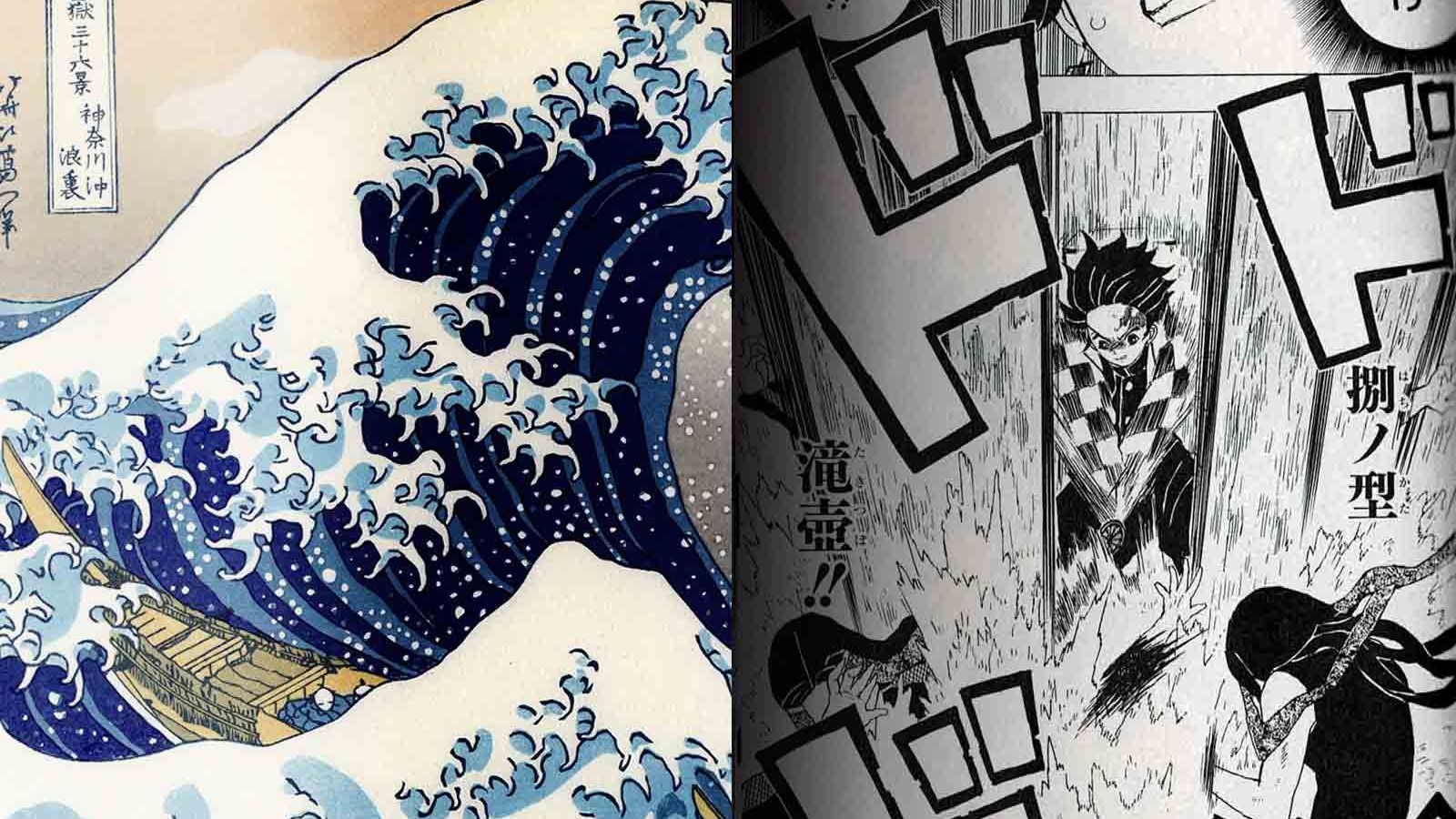

Table of contents:
The history of manga (Japanese comics) is the history of Japanese art and its portrayal of Japanese culture. Understanding manga and it past will help you to better understand Japanese society and how it views itself (important if you're moving to Japan!). If you want to better understand modern Japanese pop-culture, check out the history of manga! This article breaks down the historic steps that led to the modern Japanese art form. From uikiyoe to Dragon Ball, this is the history of Japanese manga.
1. When Did Manga Start?
If you're asking, "how old is manga," it is hard to pin it down. Some might argue that manga didn’t start until the 1950s. However, many historians argue that manga has its roots reaching deep into Japanese history. To properly understand that statement, we must look back at some of Japan's early visual storytelling methods.

2. Ukiyo-e: The Origin of Japanese Manga
Ukiyo-e (浮世絵), or "pictures of the floating world," emerged during the Edo Period (1603 - 1868). These woodblock prints show the towns and cities, showcasing beauty, nature, and daily life. Ukiyo-e prints often used aerial views. Looking down on the details of everyday people and places. It was the beginning of popular visual storytelling.

3. Hokusai's Manga: The Earliest Japanese Comic Book
It was the famous artist Katsushika Hokusai who popularized the term "manga". He did this in the early 19th Century with his "Hokusai Manga" book series.
Hokusai's Manga contained 4,000 images. It became bestsellers and served as a reference for artists. Hokusai's use of the term "manga" referred to a collection of assorted sketches rather than narrative stories.

4. The Birth of Modern Japanese Comics
4.1. Meiji Period Influences on Manga
The birth of modern Japan, and modern manga, can be traced back to the Meiji period (1868-1912). During this era, Japan opened its doors to Western influences after centuries of isolation.
The Meiji period modernized Japan by introducing reforms that transformed the country. It ended the feudal system and introduced a national educational system. This newly established educational system made literacy more widespread. With more people able to read, it created a larger audience for printed media.

4.2. Early Manga Magazines
The first manga magazine, "Eshinbun Nipponchi," was created in 1874 by Kanagaki Robun and Kawanabe Kyōsai. Influenced by "Japan Punch," a magazine (1862) by British cartoonist Charles Wirgman .
Although "Eshinbun Nipponchi" only lasted for three issues, it paved the way for other publications. "Kisho Shimbun" followed in 1875, then "Marumaru Chinbun" in 1877, and "Garakuta Chinpo" in 1879.
Popular Articles


Tokyo Favorites: 20 Must-Do Experiences for Travelers
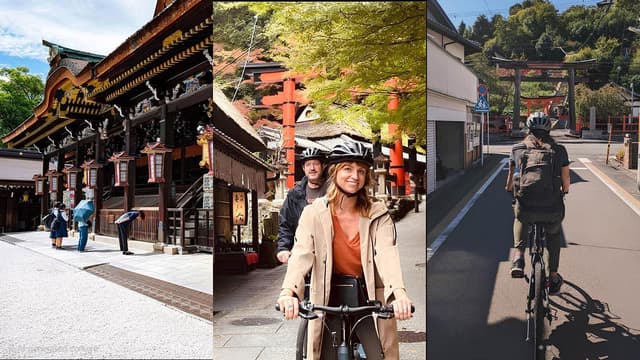
Kyoto Bike Tours: Discover the City’s Hidden Gems with Noru
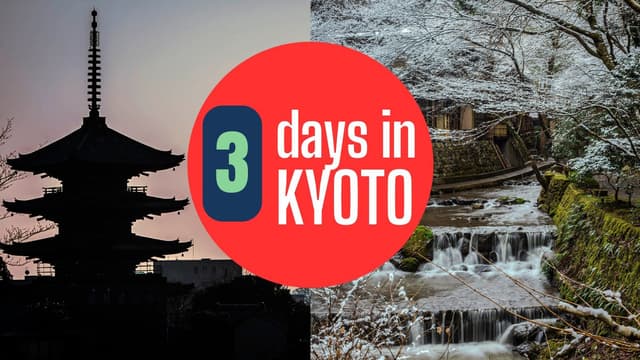
Kyoto 3-Day Itinerary: Best Things to Do for First-Time Visitors
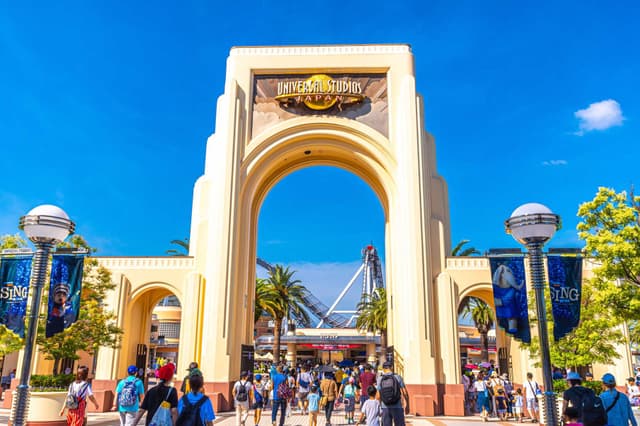
Universal Studios Japan Tickets: Your Guide to Visiting USJ
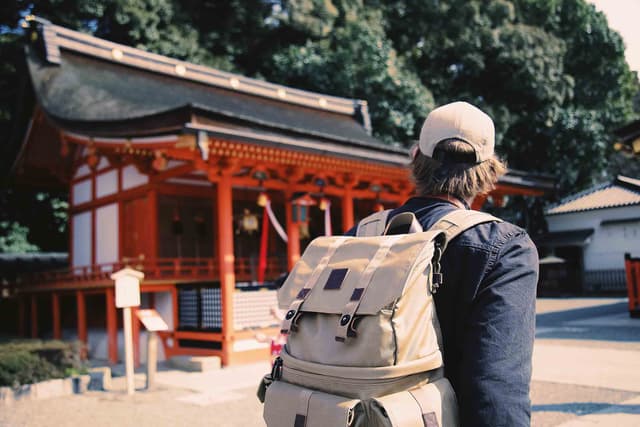
Find Out What Japan Really Thinks of Foreign Tourists

Manga Explained: Top Recommendations for Beginners
5. Post-World War II Manga Revolution
5.1. Western Comic Influences on Japanese Animation
During the U.S. occupation of Japan (1945-1952), American soldiers brought comic books with them into Japan. It exposed Japanese artists to new storytelling methods and visual styles. The animations of Walt Disney, like "Snow White and the Seven Dwarfs" (1937) and "Bambi" (1942), had an impact on early manga artists.
6. Osamu Tezuka: The Grandfather of Japanese Manga
The first modern manga emerged during the post-war Japan era. During this period, manga became a popular and affordable form of entertainment for many Japanese people. Osamu Tezuka was the person who kick started the evolution of manga. He is often called often called the "godfather of manga." In many ways, Tezuka created the beginning of modern Japanese pop culture

Tezuka's innovative "cinematographic" technique revolutionized manga storytelling. He synchronized panel placement with the reader's viewing speed to simulate moving pictures. This visual dynamism would be widely adopted by later manga artists.
He created up to 700 different manga series, including Mighty Atom, Black Jack, Dororo, and The Jungle Emperor (known as "Kimba the White Lion" in English).

6.1. Astro Boy: Japan's First Big Manga Hit
Osamu Tezuka's most iconic creation was Astro Boy (known as Mighty Atom in Japan), which debuted in April 1951. He was a super-powered robot boy with a strong social conscience.
Astro Boy represented a new kind of hero. He embodied Japanese social and community-oriented masculinity. Astro Boy's character stood in stark contrast to the militaristic ideals of the previous era.
7. Emergence of different manga genres
The 1950s and 1960s saw the solidification of two main marketing genres: shōnen manga for boys and shōjo manga for girls . This period also saw the rise of various other genres. This included gekiga, seinen, and josei, catering to diverse audiences. They had themes ranging from adventure and romance to mature social issues.

6.1. Sazae-san: The Everyday Family Manga
Machiko Hasegawa's Sazae-san, which began in 1946, became another influential work. But this time there was a manga that represented the modern family that everyone could relate to. The housewife character, Sazae, and her family represented millions of Japanese citizens. Especially women, facing post-war challenges with resilience.
7. Rise of Modern Day Manga Culture
The period from the 1960s to the 1980s is considered the Golden Age of manga, marked by experimentation and the broadening of genres. This era saw manga evolve into a cultural phenomenon, influencing not just Japanese society but also gaining international recognition.

It was this period that saw the most recognizable manga today, including Doremon, Akira, Dragon Ball, Lone Wolf & Cub, and Ranma 1/2. But what made this was the transition from manga comic to TV anime. As popular manga made its way onto TV sets every afternoon, it created an opportunity for those manga stories to make their way oversees.

8. How Manga Became Popular Worldwide
8.1. How Manga Influenced the West Through TV Animation
Manga's widespread popularity has significantly influenced Western pop culture. And it largely started through TV anime. By the 1960s, the anime version of Astro Boy was being shown on TVs around the world. But it was the 1980s version that made Astro Boy an international Japanese success.
By the late 1990s, the anime adaptation of Akira Toriyama's fmaous manga, Dragon Ball Z. This show gained a huge fan base in the USA and Europe.
8.2. How Manga Made it to the Movies and Influenced the West
By the late 1980s, thanks to the transition of manga storytelling to the anime medium, Japanese manga stories became international hits in movie theaters.
I still remember when manga turned anime titles, like Akira and Ghost in the Shell were released in Western cinemas. It created a sensation because film studios in the West still saw cartoons and animation as a children's medium. Six years after Akira thrilled movie-goers, Disney was still releasing animation aimed at kids, with movies like the Lion King. However, it is claimed that even the Lion King was influenced by Tezuka's "Kimba the White Lion."
Japanese animation found a new audience in Western countries. These were comic book stories aimed at teens and adults. These stories contained mature themes and dystopian images of a possible future Japan.
The growing popularity and international appeal introduced elements of Japanese culture to a new global audience. For some international consumers, it demystified the Japanese way of life. While for others, the popularity of manga stories created a new sense of wonder about life in Japan.
10. Conclusion
The journey of manga from Japanese art to a global cultural phenomenon shows its remarkable and enduring appeal. Today, manga stands as a testament to the power of artistic expression and cultural exchange.
As it moves into the digital age, manga continues to shape entertainment worldwide. It inspires new forms of creativity and connects people across borders. The future of manga looks bright. Its influence now far beyond its Japanese origins, it promises to entertain and inspire readers for generations.
FAQs
What is manga, and how did it originate?
Manga refers to Japanese comic books or graphic novels that combine images and text to tell a story. Its roots trace back to the 12th century with narrative scrolls like "Chōjū-jinbutsu-giga," which depicted humorous scenes of animals acting like humans. The term "manga" was later popularized in the early 19th century by artist Katsushika Hokusai through his sketchbooks, "Hokusai Manga."
How did Western culture influence the development of manga?
During the Meiji period (1868–1912), Japan opened up to Western influences, leading to the introduction of Western-style satirical cartoons. This period saw the emergence of early manga magazines that blended Japanese art with Western comic styles, contributing to the evolution of modern manga.
Who is the "Father of Manga"?
Osamu Tezuka is often referred to as the "Father of Manga." In the post-World War II era, he revolutionized the manga industry with works like "Astro Boy," introducing cinematic storytelling techniques and complex characters that appealed to both children and adults.
How did manga become popular worldwide?
Manga's global popularity surged in the late 20th century, aided by the international success of Japanese anime adaptations. Accessible storytelling, diverse genres, and relatable themes attracted a wide audience, leading to translations and widespread distribution outside Japan.
What are some traditional art forms that influenced manga?
Traditional Japanese art forms like ukiyo-e woodblock prints and emakimono (picture scrolls) have significantly influenced manga. These art forms utilized sequential storytelling and vivid imagery, laying the groundwork for the visual style and narrative techniques seen in modern manga.
Loading Comments...

James Saunders-Wyndham
I've been immersed in Japanese culture and daily life for over 30 years and am proud to call Japan my home. Originally from Australia, my journey has taken me from teaching at Japanese universities to traveling extensively across the country, uncovering its hidden gems. As a web developer, I built Romancing Japan from the ground up to share these experiences with you. Whether it's the charm of old Kyoto, the pulse of Tokyo, or the tranquility of the countryside, I love helping others discover the magic of Japan—one story at a time.
Popular Articles
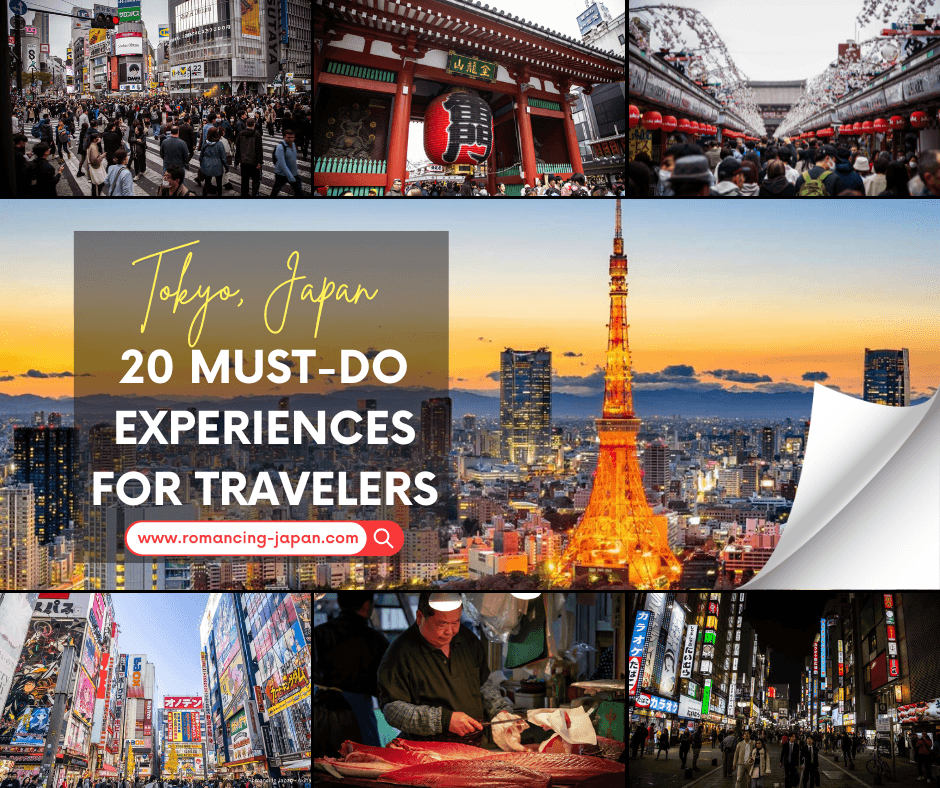
Tokyo Favorites: 20 Must-Do Experiences for Travelers
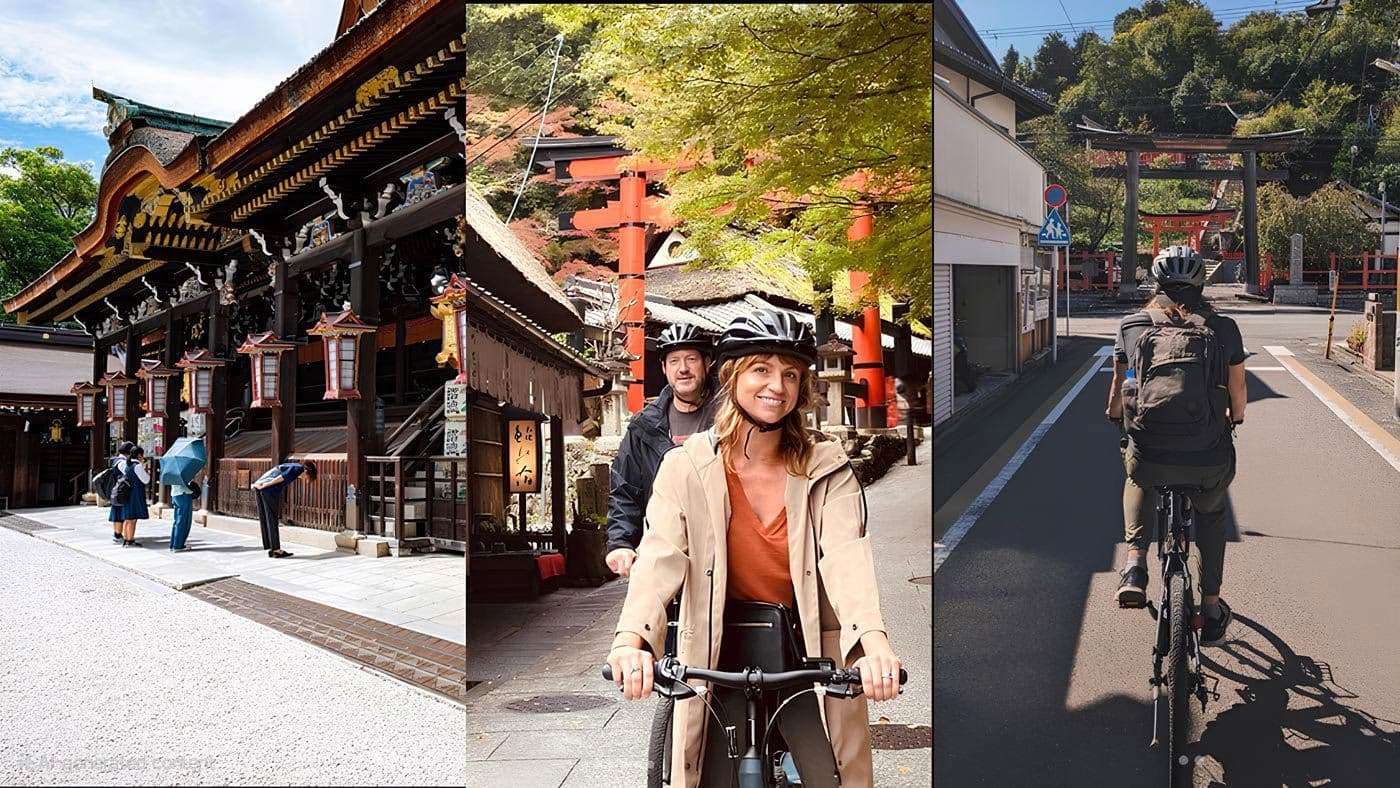
Kyoto Bike Tours: Discover the City’s Hidden Gems with Noru

Kyoto 3-Day Itinerary: Best Things to Do for First-Time Visitors
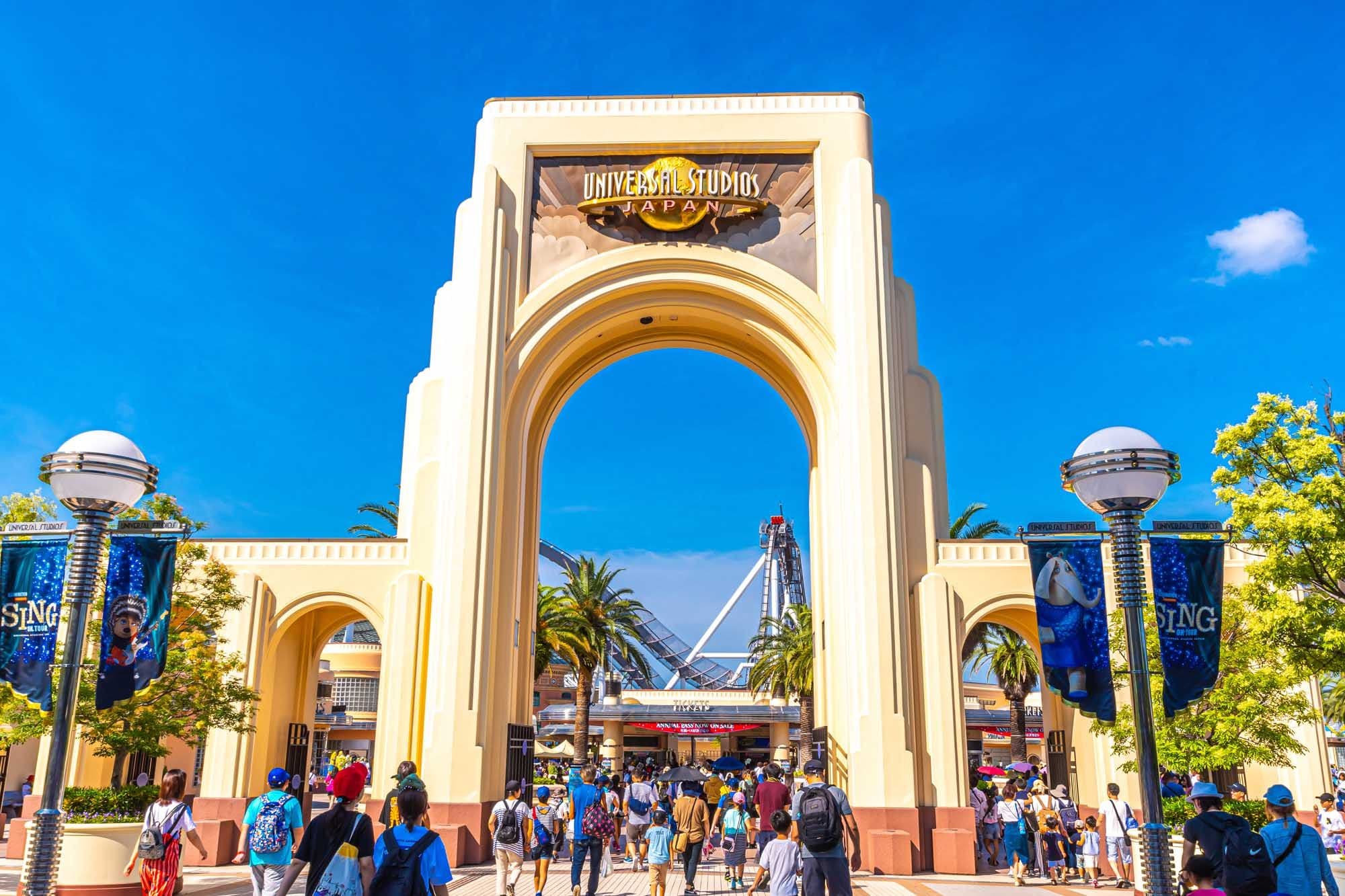
Universal Studios Japan Tickets: Your Guide to Visiting USJ
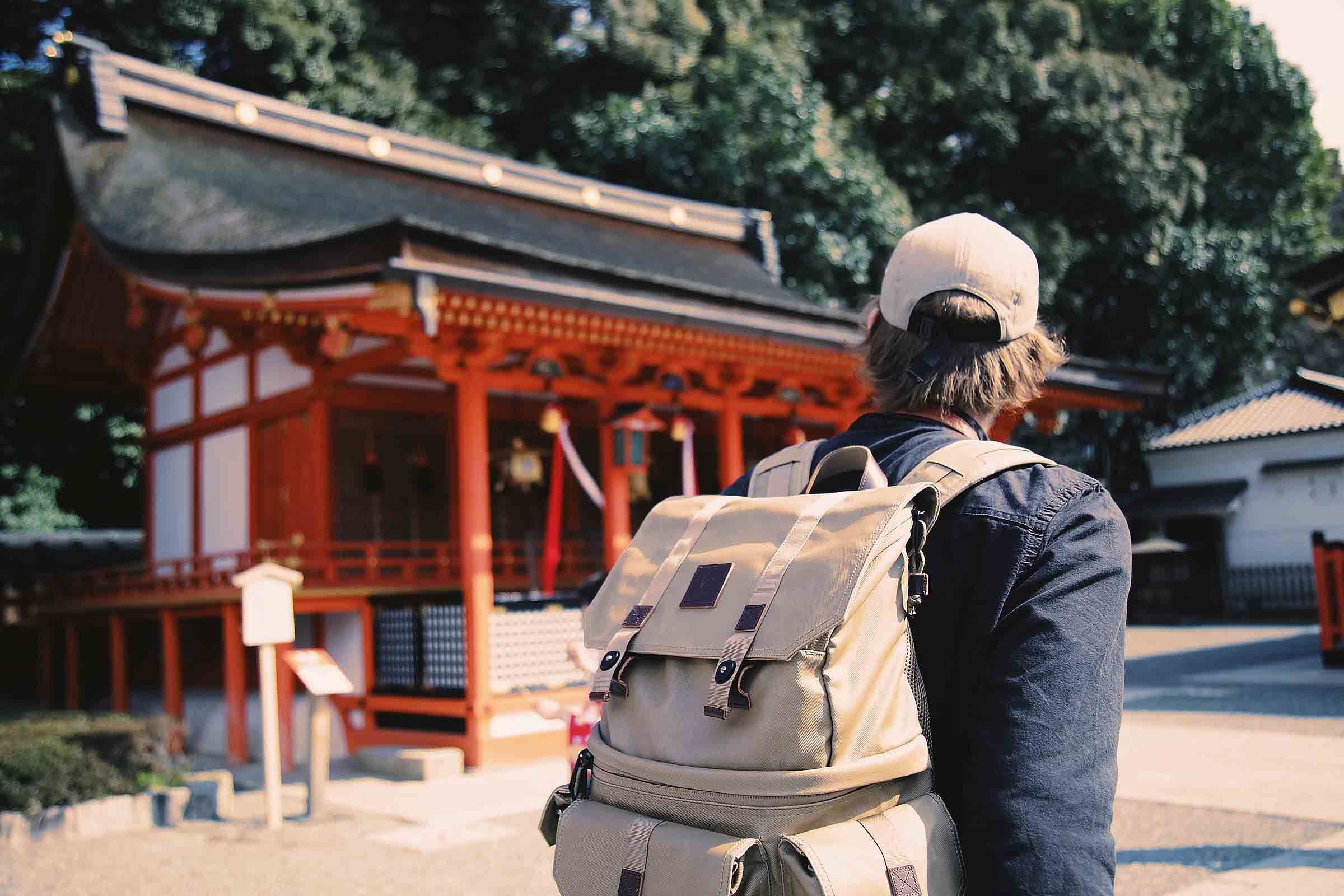
Find Out What Japan Really Thinks of Foreign Tourists
